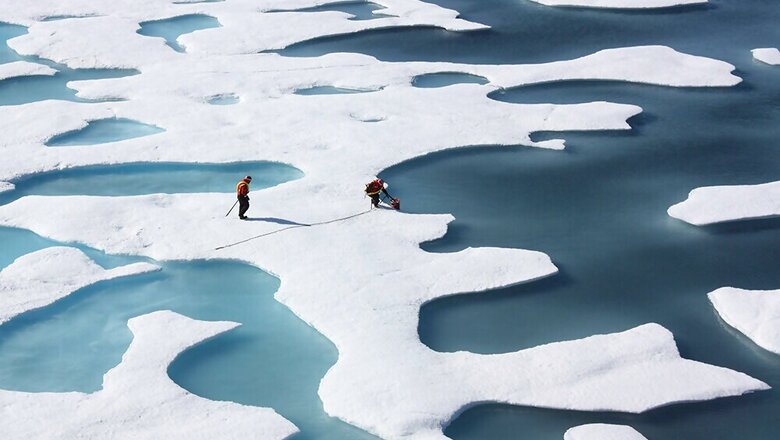
views
The ice at the top of the world has set a new wintertime low for the second year in a row. Data released by the scientists at NASA and the National Snow and Ice Data Center show the extent of the problem that is staring us in the face.
On March 24, Arctic sea ice grew to its largest extent for the year, reaching only a paltry 14.52 million square kilometers, slightly less than the 14.54 million square kilometers observed last year. That’s 1.12 million square kilometers smaller than the 1981 to 2010 average, a size difference that’s bigger than the US states of California and Texas combined.
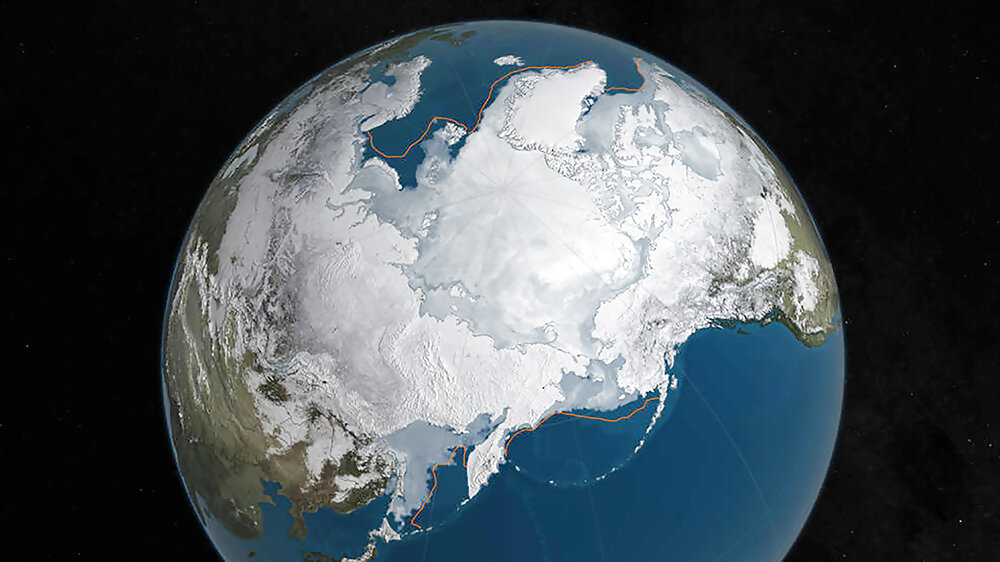
The new low resulted largely from unusually warm temperatures in the region, which were as high as six degrees Celsius above average in the region stretching from the North Pole toward northern Greenland, the scientists reported. The disappearing Arctic sea ice can accelerate warming, allow isolated ecological communities to mix and spread pollution.
The Arctic has been experiencing nearly unbelievable record temperatures. December, January, and February were incredibly hot compared to normal. In that last month alone, much of the Arctic saw temperatures over 11° C higher than average — that’s 20° F. This contributed to the record low amounts of ice seen.
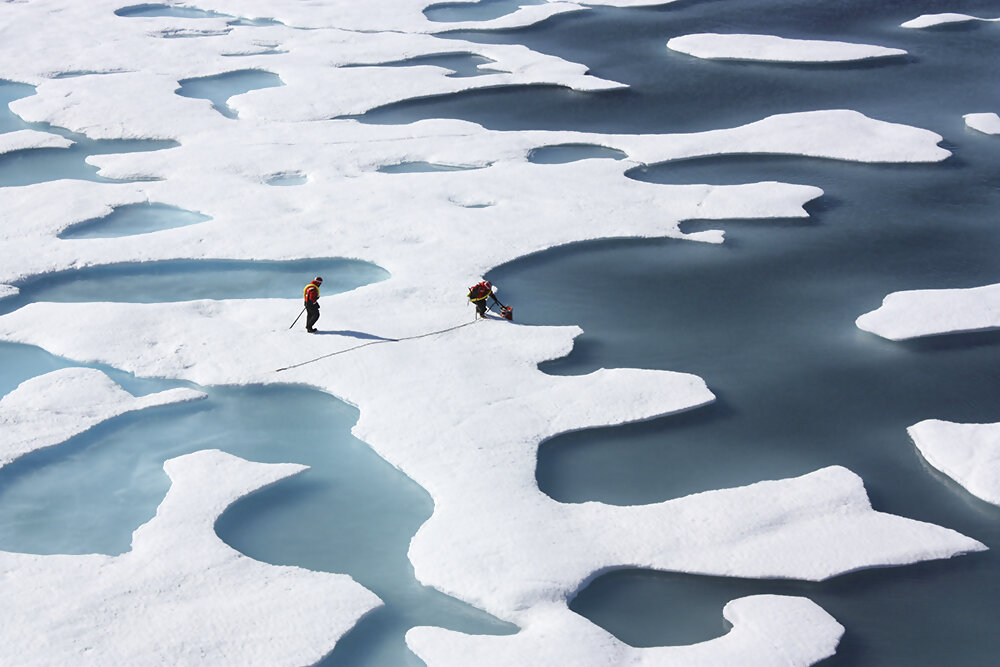
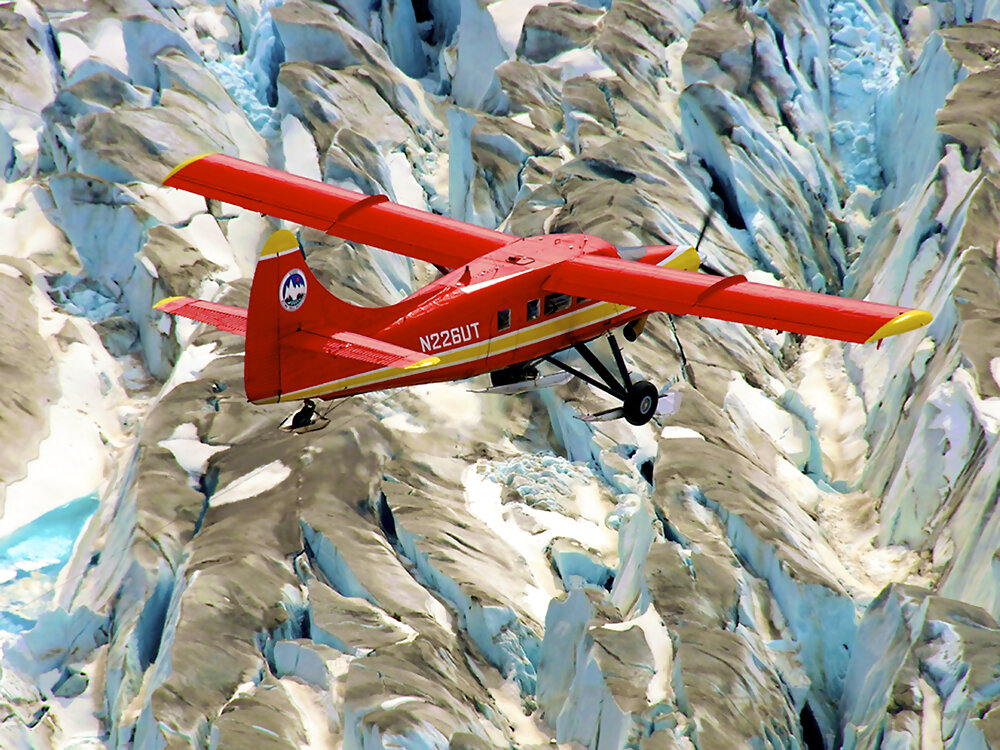
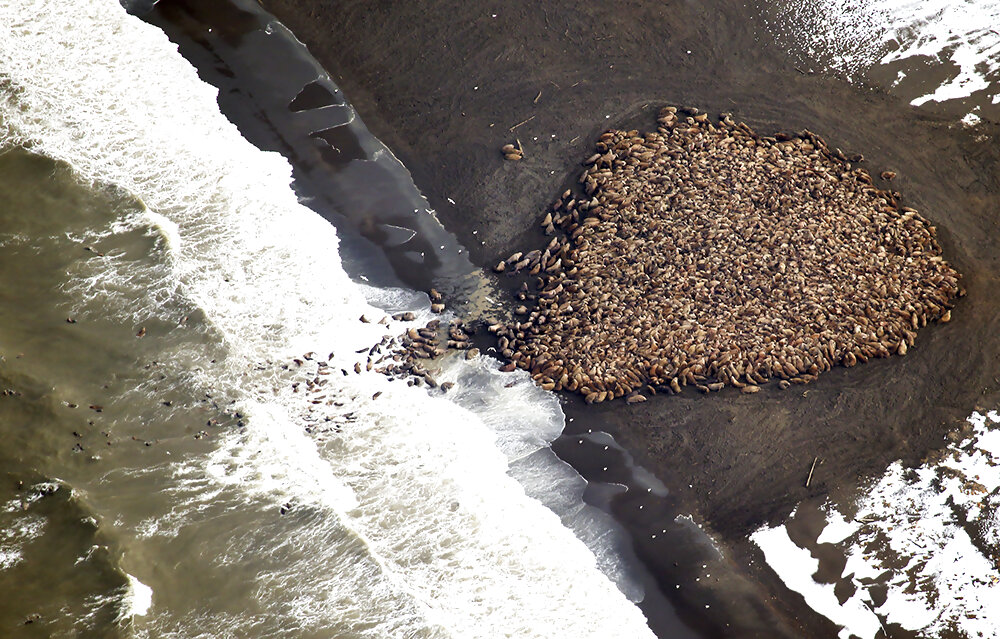
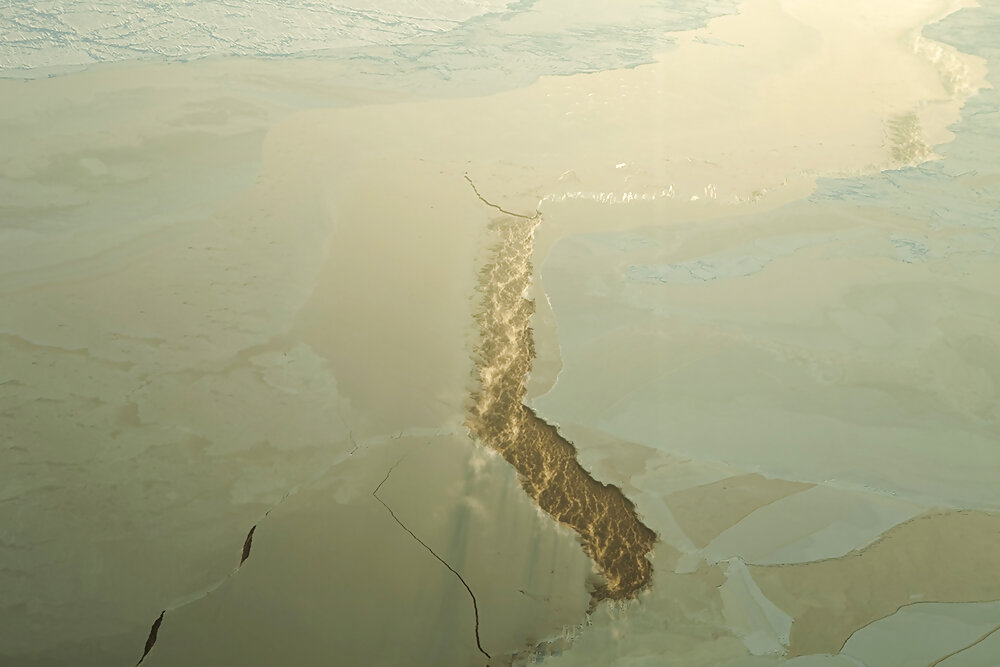
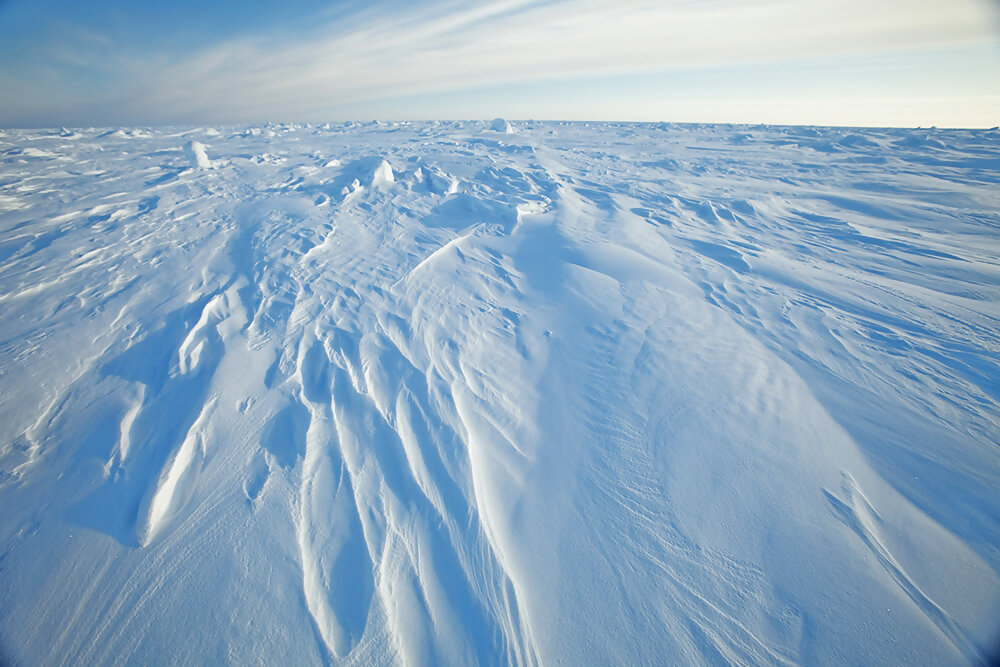
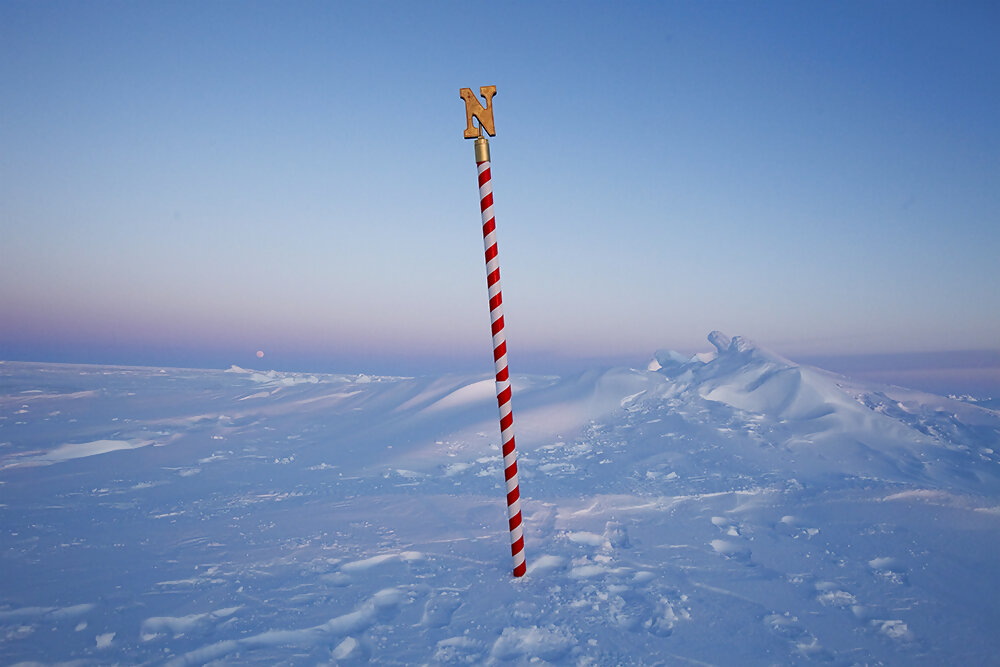




















Comments
0 comment